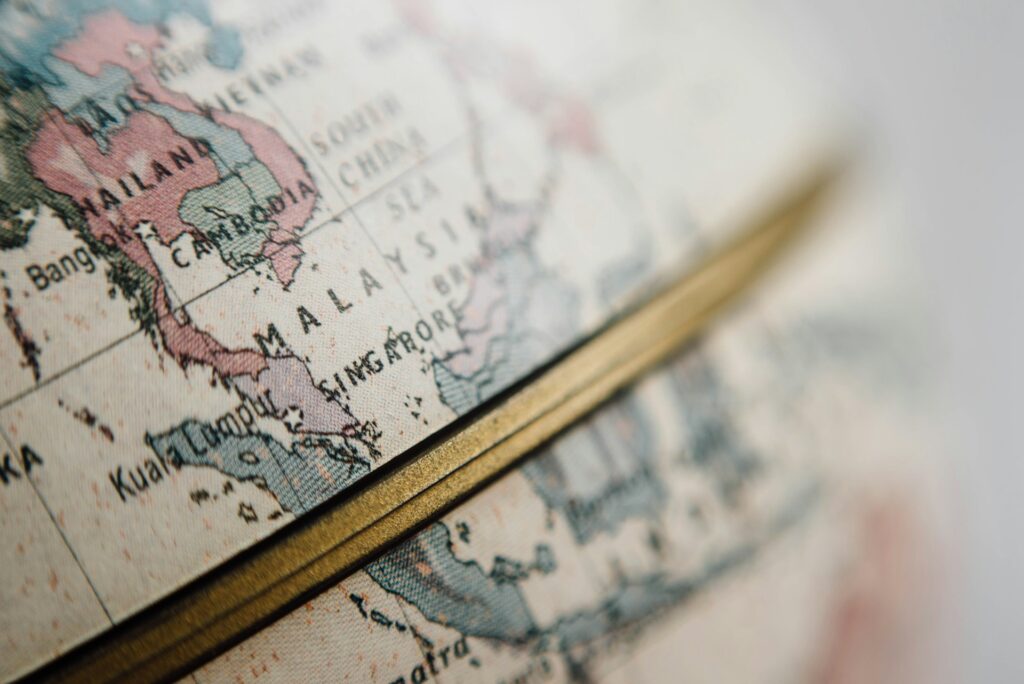Recent events in Ukraine constituted a genuine revolution in the sense of the self-assertion of popular sovereignty. The subsequent annexation of Crimea by Russian forces must be seen as an attempt to crush this revolution, which annuls the entire post-Soviet territorial order. Russia’s reactions to the events represent an adaptation of its foreign policy to the modus operandi long at work in the domestic politics, Sergei Prozorov writes.
First, the escalation of the Crimean crisis has all but obscured the events in the Ukraine during November 2013 to February 2014 that led to it and which alone make it intelligible. What took place during this period was a revolution in the full sense of the word, i.e. without the qualifying adjectives such as ‘velvet’, ‘colour’, etc., that we have become accustomed to. What aligns this revolution with the classical revolutions of modernity was the radical affirmation of popular sovereignty or constituent power as the foundation of any constituted structure of authority.
While the ‘colour revolutions’ in the post-Soviet states during 2003–2005 are best understood as inter-elite conflicts with an element of popular participation, the Euromaidan movement is clearly irreducible to the support for any established political force or orientation. The much-discussed tensions between the movement and the parliamentary opposition parties throughout the standoff with the Yanukovich regime testify to the autonomous operation of constituent power, which as of now has not yet exhausted itself in any new regime.
While this makes the Ukrainian revolution quite a bit messier than the largely peaceful transitions of power in 1989–91 or 2003–2005, it is important to recognize that this very messiness, including the much lamented use of violence, expresses what contemporary Europe may have largely forgotten but which remains at the foundation of its democratic principles: the locus of sovereignty is not the state let alone the current holders of state power but the people, that constitutes itself and exists as a political subject, rather than as a statistical population, only to the extent that it is capable of asserting this sovereignty directly and immediately.
Second, it is this revolutionary expression of popular sovereignty that has been perceived in Russia as both an affront and a threat, leading to the deterioration of Russian-Ukrainian relations to the lowest level in post-Soviet history. From its very beginning, the Putin regime has been extremely wary of and hostile to revolutions. Indeed, the consolidation of authoritarianism since the second term of the Putin presidency has been interpreted as the reaction to the Orange Revolution of 2004 that sought to make the regime revolution-proof, crushing any ‘extra-systemic’ challenge at its root.
The fear-mongering against the ‘orange opposition’ that in 2005 gave the world the dubious pleasure of the Nashi movement is presently taken to an even more hysterical level in the anti-Ukrainian propaganda, which bears more than a passing resemblance to the very fascism it claims to find on the streets of Kiev. The extreme aversion to revolution also explains Putin’s somewhat paradoxical attitude to the deposed Yanukovich, who is vehemently affirmed as ‘legitimate president’ while being treated with barely disguised contempt.
We may also recall that during the period of colour revolutions Russia persistently supported the discredited regimes whose ‘pro-Russian’ commitments were at best dubious. This support was less a matter of tactical or strategic interests than of acting on a fundamental, if somewhat paradoxical, principle that any authority, once established, is sacrosanct, while revolution is always illegitimate. Since the Ukrainian revolution marks the most definitive and decisive abrogation of this principle in post-Soviet history, the Russian response is similarly unprecedented in its scope and intensity.
Third, the irony of the moment is that Russia does not oppose what it perceives as revolutionary chaos and turmoil in Ukraine with any stabilizing measures, but with a radical ‘revolutionization’ of the post-Soviet territorial order, whose basic principle was the inviolability of the administrative borders of the former Soviet republics. While before December 1991 there were numerous debates on and scenarios of border revisions in case of the dissolution of the Soviet Union, after the Belovezha Treaties the principle of the territorial integrity of the post-Soviet states was virtually uncontested, simultaneously delegitimizing any border revisionism along the lines of the Yugoslav scenario and making possible separatist conflicts in Chechnya, Transdniestria, Abkhazia, etc.
Until 2008 Russia upheld this principle, being both staunch in its own campaigns against separatism and lukewarm in its support for pro-Russian separatist movements in other post-Soviet states. The 2008 war in Georgia that resulted in Russia’s recognition of the independence of the breakaway provinces of Abkhazia and South Ossetia marked the first stage of the breakdown of the post-Soviet territorial order. The ongoing annexation of Crimea arguably marks its complete annulment. It is hardly surprising that no post-Soviet state has so far supported Russia’s actions in Crimea, which seem to respond to the ‘revolutionary chaos’ in Kiev with fostering counter-revolutionary chaos in the entire region.
While few were happy with the previous order, which, after all, had no other foundation than the internal administrative structure of the Soviet Union, this order nonetheless proved effective during the two decades of its existence, making the post-Soviet space a far less conflictual space than many had feared in 1991. Its dissolution transforms the region into a zone of anomie, in which every square inch of territory is in principle contestable. A Greater Russia has become possible, as has, of course, a lesser Russia, and the same applies to all post-Soviet states.
Fourth, if Russia’s actions are grasped as a counter-revolutionary insurgency that responds to the domestic revolution in the Ukraine by the revolutionization of the post-Soviet order, we ought not to be surprised to see it resort to exactly the same methods that were used to prevent the ‘orange revolution’ in Russia. The occupation of Crimea by unknown soldiers without insignia is not that different from the takeover of corporations by front companies such as Baikal Finance Group or the takeover of oppositional parties by friendly ‘political technologists’.
The reliance on ‘unidentified’ people and forces for the more shadowy and dubious operations is merely one of the many strategies of scheming and plotting that were developed in contemporary Russia as the substitute for political practice. What is taking place today is merely the belated adaptation of foreign policy to the modus operandi long at work in the domestic politics, whose proverbial stabilization under Putin merely stabilized, without transforming, the ruinous scene of post-Soviet anomie, corruption and violence. This anomie is presently spilling over beyond Russia’s borders as a weapon against the revolutionary anomie allegedly arising from Kiev.
Fifth, the annexation of Crimea is merely the first step in the attempt to crush the revolution, the step that is logistically the simplest, militarily the least risky and the most likely to enjoy public support in Russia, at least in the short run. Since by itself it does nothing to undermine the revolutionary Ukraine and might even consolidate its unity, it is likely to be followed by other attempts by ‘unidentified’ forces to destabilize the situation. It is certainly ironic that it is precisely the counter-revolutionary ‘force for order’ that for a decade has enjoyed frightening itself with stories of revolutionary chaos that has single-handedly destroyed the post-Soviet territorial order, creating the worst crisis in Europe in over twenty years.
Yet, it is hardly surprising, since the valorization of constituted authority as such, the defense of any order once it is established is a supremely nihilistic gesture that affirms nothing but the power of those who have power. Such power can sustain itself almost indefinitely through intrigue, corruption and violence, yet it is incapable of creating anything new and for this reason lives only in the sense of delaying its death.
Article image: jorono / Pixabay




